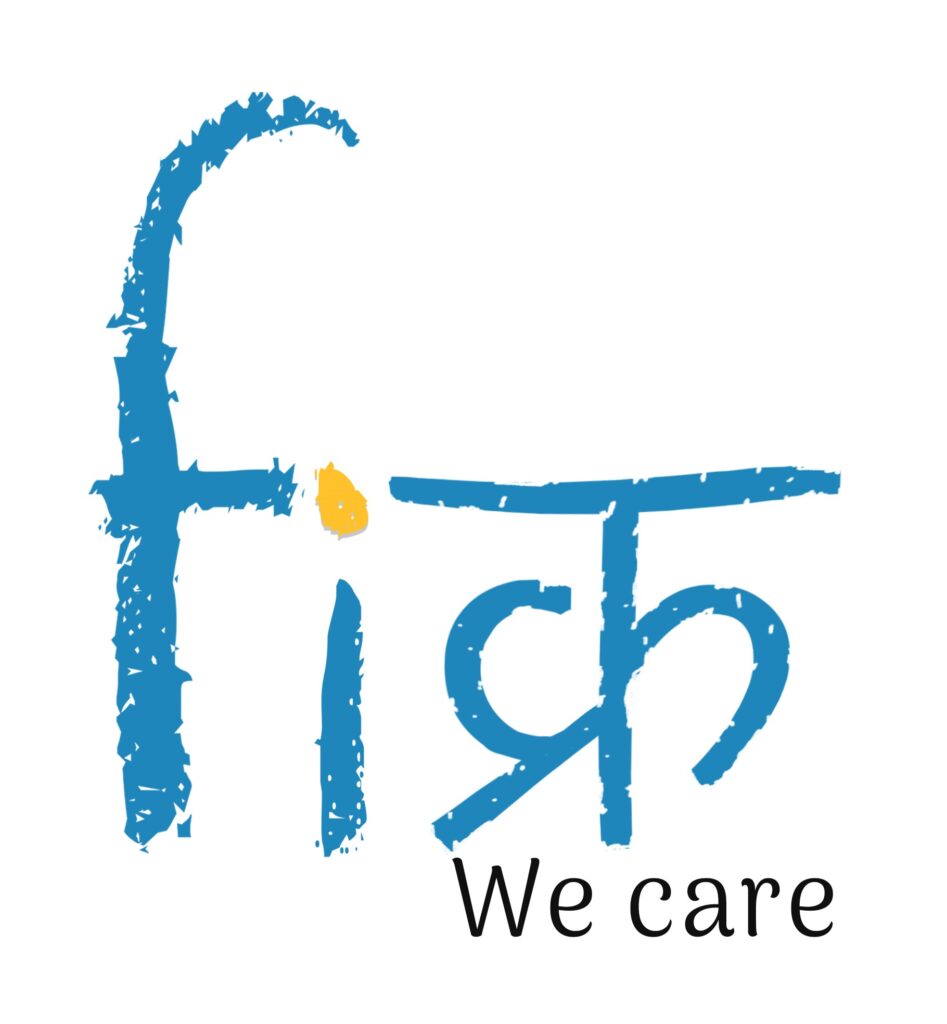
Both education and healthcare are important metrics for assessing the level of development of a nation. Even more important is the understanding of the interlink between the two.
Moreover, consider for instance a study conducted on 26 OECD countries for the years 1995-2015. The study established a clear link between the education level and the healthcare level in the countries. The extent of the impact is visible in infant mortality, life expectancy and child enrolment among other factors.
Fikrah : The Organization Working for Betterment of Education and Healthcare
Fikrah is a Non-Governmental Organization (NGO) that works for the underprivileged and deprived sections of the society. Fikrah works on providing literacy, healthcare, nutrition to people from underprivileged sections of the society.
Fikrah has a vision to promote equitable distribution of resources. In doing so, it focuses on the interlink between education, healthcare and human development.
Education and Greater Opportunities for Better Health
At Fikrah, we believe that higher education levels are related to greater opportunities for betterment of health levels. This manifests in several ways.
Firstly, greater levels of education are linked to higher income opportunities. In most countries, where healthcare is the domain of the private players, higher income helps in greater access to healthcare and medical facilities.
Higher income allows you to get vaccination and immunization, get regular check-ups, get treatments done etc. Higher income is also linked to access to good mental healthcare in the form of psychiatric, counselling and psychotherapeutic care. Finally, being able to afford good nutrition is also a function of higher income.
Second point is related to the first. Access to resources such as healthy food, time to exercise and ability to buy health services are all related to education levels. In India, access to good-quality of resources is dependent on higher income which depends on education levels.
Thirdly, higher education is known to facilitate greater awareness about healthy behaviours. This can help in understanding what one needs to be healthy, what one can do to be healthy and understand what can impact good health negatively.
Fourthly, higher education facilitates not just better individual growth. It also contributes to better and healthier families, better social networks and healthier neighbourhoods and communities. This provides more incentive for community-based care. On the contrary, areas with lower education levels tend to have economic marginalization, segregation and poor health.
Poor Health Leading to Higher Risk of Education
The reverse effect of poor health is the impact it has on education itself. Poor health leads to poor attendance in schools and colleges. There is lack of concentration and attention span gets reduced. The low levels of healthcare are also linked to high levels of learning disability.
Children who are poor and cannot afford good healthcare may suffer from diseases like asthma and chronic illnesses which hamper their ability to study and learn. Disabilities are related to problems in vision, hearing, attention and several cognitive skills.
Conditions Affecting Both Education and Health
This is the third interlink between education and health – in terms of the factors and conditions that affect both education and health.
First is the role of social policy. The political and legal decisions about economy and education affect the way policy related to education and healthcare are formulated. Policies affect the education system as well as the healthcare system.
Individual characterestics such as race, gender, age, disability affect both health and education. In addition stress levels are related to education and healthcare in a lot of different ways.
